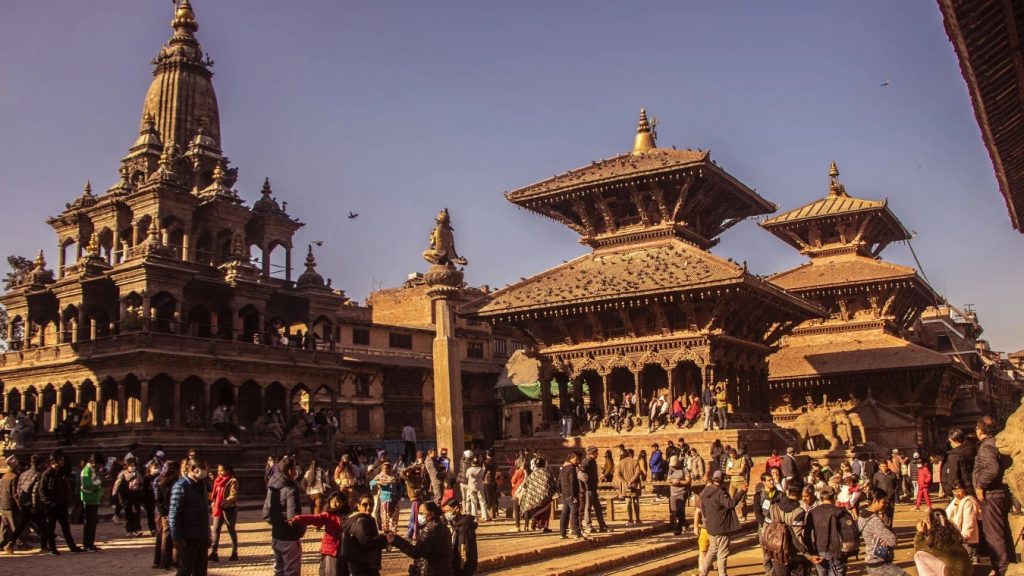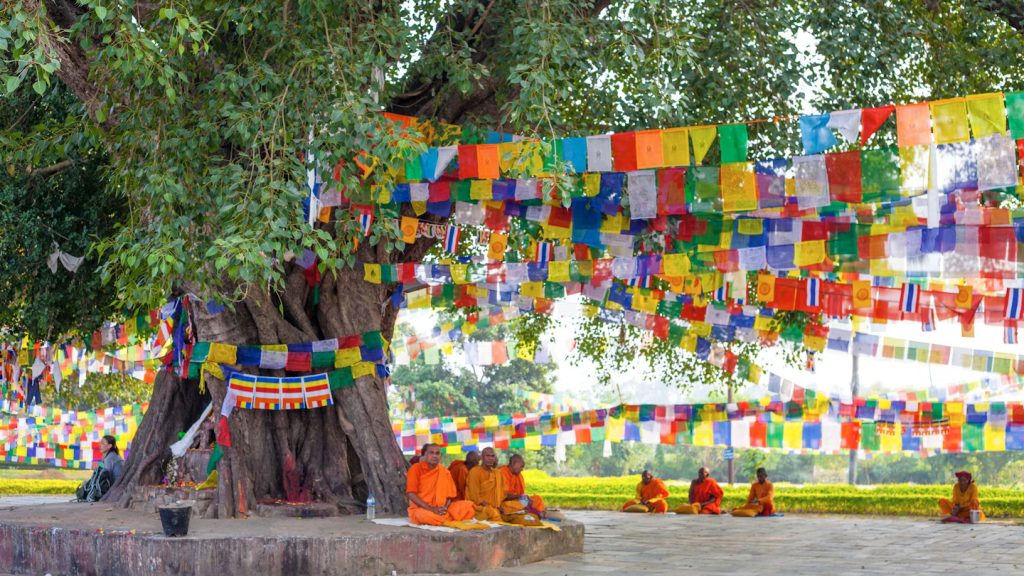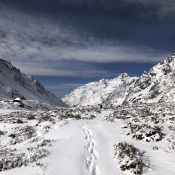Cultural Etiquette in Nepal: Do’s and Don’ts for Travellers

Cultural Etiquette in Nepal: Do’s and Don’ts for Travellers
Traveling to Nepal is more than just trekking to Everest Base Camp or visiting ancient temples in Kathmandu. The country is rich in traditions, rituals and customs that shape everyday life. As a visitor, understanding cultural etiquette in Nepal helps you connect with locals and ensures you do not unintentionally offend anyone.
Whether you are exploring busy markets, staying in rural villages, or attending a festival, here are the most important do’s and don’ts every traveler should know.

Do’s in Nepal: Respectful Practices
1. Greet with “Namaste”
The traditional greeting is placing your palms together and saying “Namaste.” It is a warm way to show respect and is used everywhere from city shops to mountain villages.
2. Remove Shoes Before Entering Homes or Temples
Always take off your shoes when entering a Nepali home, monastery, or temple. Leaving them at the entrance shows respect for sacred and private spaces.
3. Dress Modestly
Cultural etiquette in Nepal values modesty. Covering shoulders and knees is appreciated, especially in temples and rural areas. For women, a shawl or scarf can be very useful.
4. Use Your Right Hand
When giving or receiving something, use your right hand or both hands. The left hand is considered less clean and using it alone may be seen as disrespectful.
5. Ask Before Taking Photos
Many people are happy to be photographed, but always ask first. In religious sites, avoid taking pictures without permission.

Don’ts in Nepal: What to Avoid
1. Do Not Point Your Feet at People or Shrines
Feet are considered the lowest part of the body. Sitting with your feet pointing toward someone or a sacred image is disrespectful.
2. Avoid Public Displays of Affection
Holding hands is acceptable, but kissing and hugging in public are not part of Nepali culture. Such behavior can make locals uncomfortable.
3. Do Not Step Over Someone’s Legs or Food
Stepping over people or food is seen as impolite. If space is tight, politely ask to move instead of stepping over.
4. Avoid Eating Beef in Public Spaces
Cows are sacred in Nepal. While beef is available in some restaurants, eating it publicly or speaking casually about beef can offend many locals.
5. Do Not Touch People’s Heads
The head is considered the most sacred part of the body. Avoid touching a child or adult on the head, even as a friendly gesture.
Cultural Etiquette in Daily Life
Traveling with respect goes beyond following rules. It is about observing and adapting to situations. For example, when trekking through mountain villages, you may notice locals offering food. It is polite to accept even a small portion as a sign of respect.
During festivals like Dashain or Tihar, travelers are often invited to participate in rituals. Joining with an open heart shows appreciation for the culture and often creates lifelong memories.
Understanding cultural etiquette in Nepal will make your journey smoother and more meaningful. By practicing small acts of respect like saying Namaste, dressing modestly, and avoiding offensive gestures, you build genuine connections with people.
Nepal is known as a land of warm hospitality. When you travel mindfully and respect local traditions, you will be welcomed not just as a visitor but as a friend.
All Categories
Quick booking process
+977-9803633878




